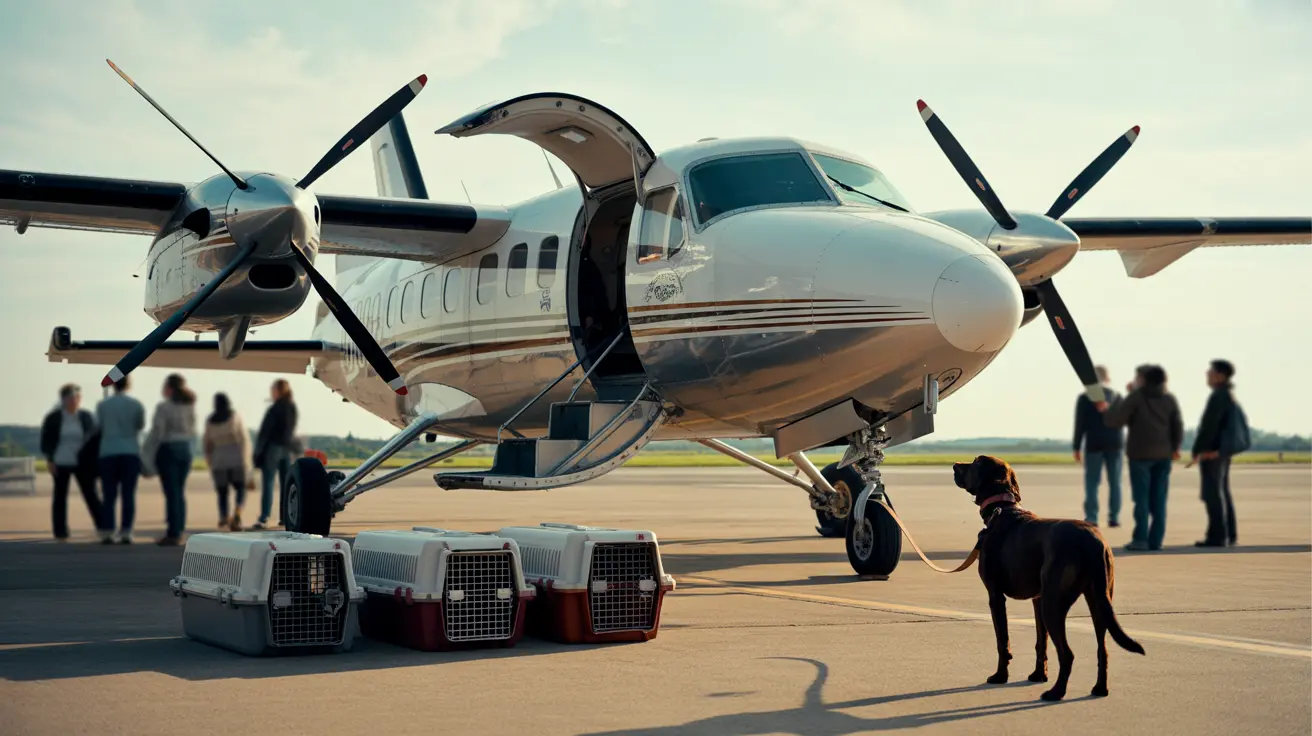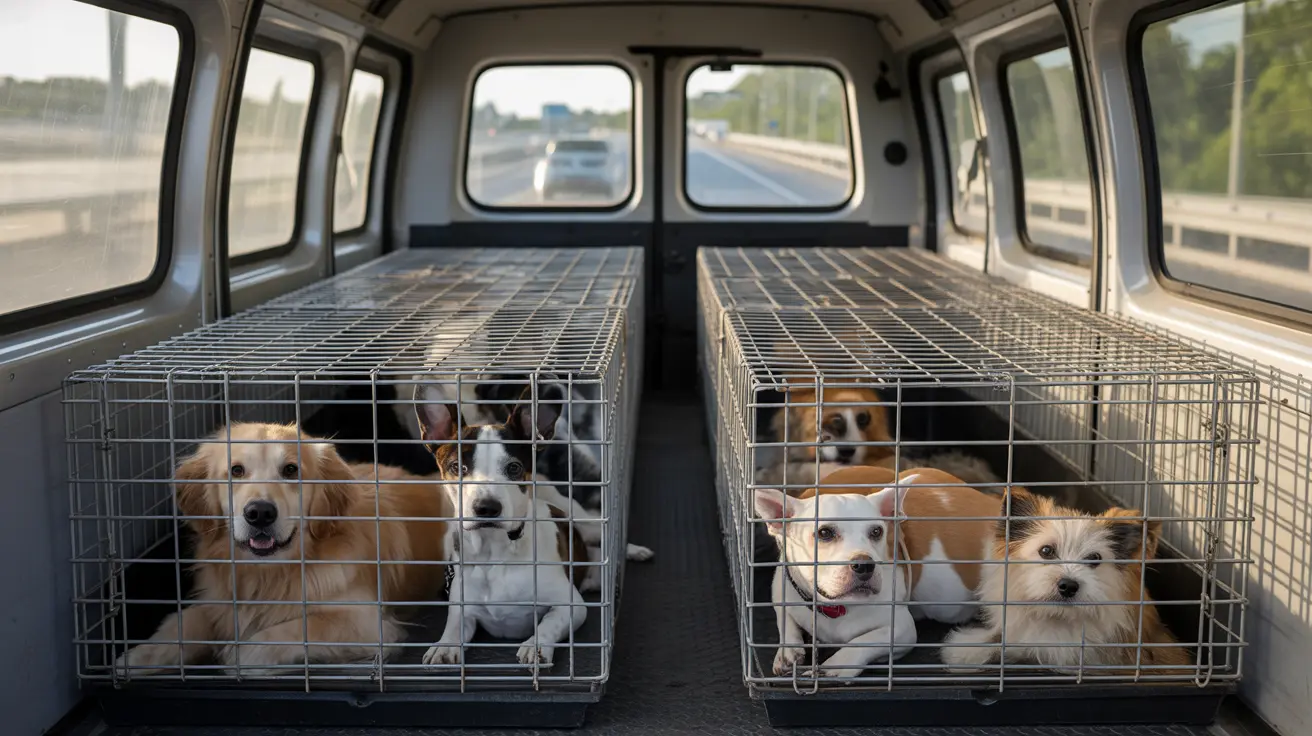Effective Ways to Keep Your Dog Out of the Litter Box
Dogs often find cat feces irresistible, but this habit isn't just gross—it’s dangerous to their health and frustrating for cat owners. If you're struggling to keep your dog out of the kitty litter box, you're not alone. Fortunately, several creative and practical solutions can help you maintain a clean, safe, and stress-free home for both your dog and your cat.
Why Dogs Are Attracted to Litter Boxes
Dogs have natural scavenging instincts. The high-protein content in cat feces and the scent of used cat litter appeal to them. However, consumption of cat feces isn’t harmless. It can lead to:
- Digestive issues such as vomiting, diarrhea, and constipation
- Parasite infections like roundworms or toxoplasma
- Intestinal blockages caused by ingesting clumping litter
- Allergic reactions or loss of appetite
Recognizing these health risks underscores the importance of finding effective prevention tactics.
Simple Solutions to Litter Box Access
There are multiple ways to prevent your dog from accessing the litter box while still providing open, safe access to your cat.
1. DIY Two-Crate System
One of the most effective homemade solutions involves two stackable storage crates—an 18-gallon insert within a 30-gallon container:
- Cut an entrance specific to your cat’s size using a 1.5-inch hole saw and jigsaw.
- Anchor a false floor to support the interior crate and create a foyer that blocks dog access.
- Choose door dimensions that your dog can't fit through (e.g., 5.5" x 8.5").
- Use a mat or carpet to minimize tracked litter.
- Optional: Add overhead light holes for claustrophobic cats.
This setup accommodates large cats and restricts determined dogs.
2. Use Strategic Room Access Barriers
If DIY projects aren't your style, rely on physical barriers:
- Baby gates: Just high enough for cats to jump but block dogs.
- Pet gates with built-in cat openings: Allow cat access while keeping dogs out.
- Partially latched doors: Use door props or screws to create a cat-sized opening.
- Cat doors and microchip-controlled doors: Ensure only specific pets can pass through.
3. Relocate the Litter Box
Placement can be a major factor:
- Install the box in a closet or behind furniture.
- Place it on a high shelf or counter—accessible by your cat but not the dog.
- Repurpose a lockable cabinet or bench into litter furniture with cat-only entry points.
4. Enclosed Litter Box Options
Commercial enclosed litter boxes can help, but be mindful:
- Many cats dislike enclosed spaces due to stress or mobility issues.
- Side-entry boxes or furniture-style enclosures may work better for large or senior cats.
5. Behavior Training for Dogs
While environmental modifications are essential, training can also deter behavior:
- Teach commands such as "leave it" or "no".
- Reward positive behaviors with treats and praise.
- Redirect attention or offer stimulating toys.
Note: Training isn’t fail-safe, especially when you’re not home.
Maintenance Tips to Support These Strategies
Effective prevention includes good hygiene and awareness:
- Clean the litter box frequently—ideally once or twice daily.
- Gradually introduce new setups to your cat to minimize stress.
- Observe your pets for signs of stress, illness, or behavior changes.
Final Thoughts
Preventing dogs from accessing the kitty litter box keeps your pets healthier and your home cleaner. Whether you opt for simple gates, advanced DIY setups, or a combination of approaches, always consider your cat’s comfort and your dog’s behavior. Routine cleaning, proper placement, and training all contribute to a harmonious multi-pet household.





